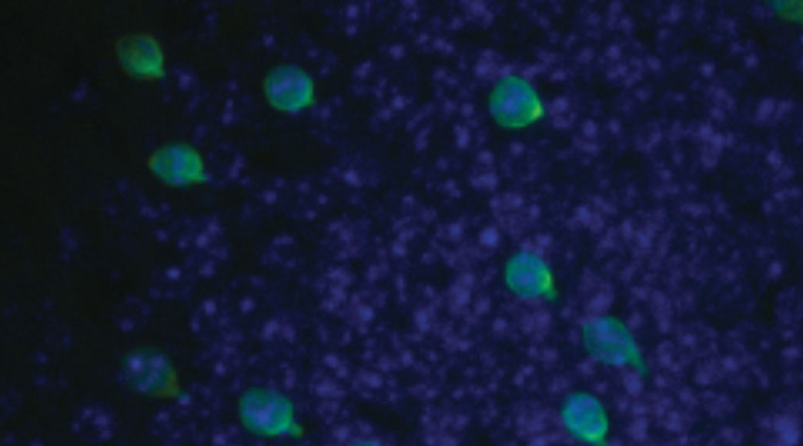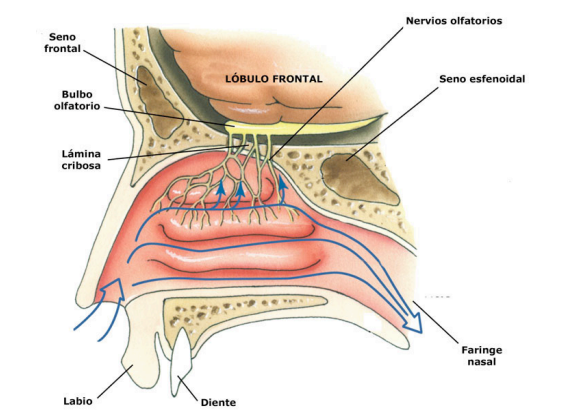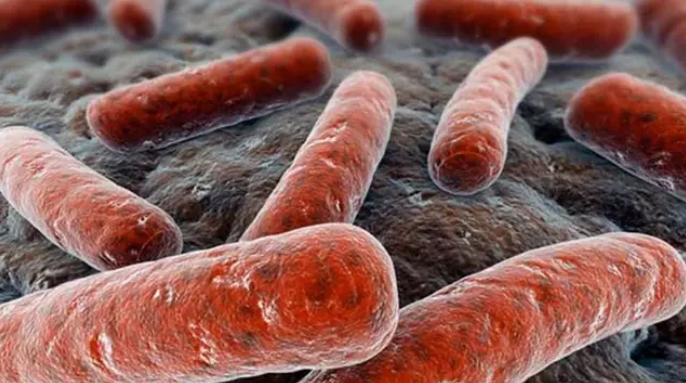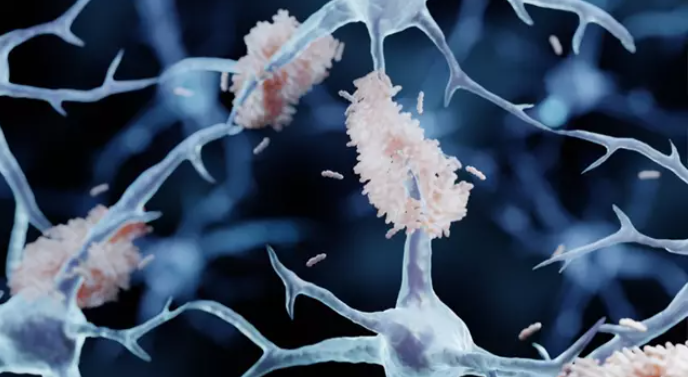Possible? Hair cells in the nose may be involved in causing allergies

Some hair cells in the nose can trigger sneezing and allergies to dust mites, molds and other substances, new work with mice suggests. When exposed to allergens, these brush cells produce chemicals that trigger inflammation, the researchers report. Previously thought only immune cells produced such inflammatory chemicals, fatty compounds known as lipids, the findings may provide new clues about how people develop allergies.
Brush cells are teardrop-shaped topped by tufts of hair-like projections. In people, mice and other animals, these cells are also found in the linings of the trachea and intestines, where they are known as tufted cells, however, brush cells are much more common in the nose than in other tissues, and can help the body identify when pathogens or harmful chemicals have been inhaled, according to allergists.

Researchers found that when exposed to certain molds or dust mite proteins, the brush cells in the nose of mice produce inflammation-inducing lipids called cysteinyl leukotrienes. The cells also made the lipids when they encountered ATP, a chemical used by cells for energy that also signals when nearby cells are damaged, such as in an infection. Mice exposed to allergens or ATP developed inflammation of their nasal tissues, but mice lacking brush cells suffered much less inflammation.
Tal inflamación puede provocar alergias en algunos casos; los investigadores aún no han confirmado que las células del cepillo en la nariz humana respondan a los alérgenos de la misma manera que lo hacen estas células en los ratones.




Responses